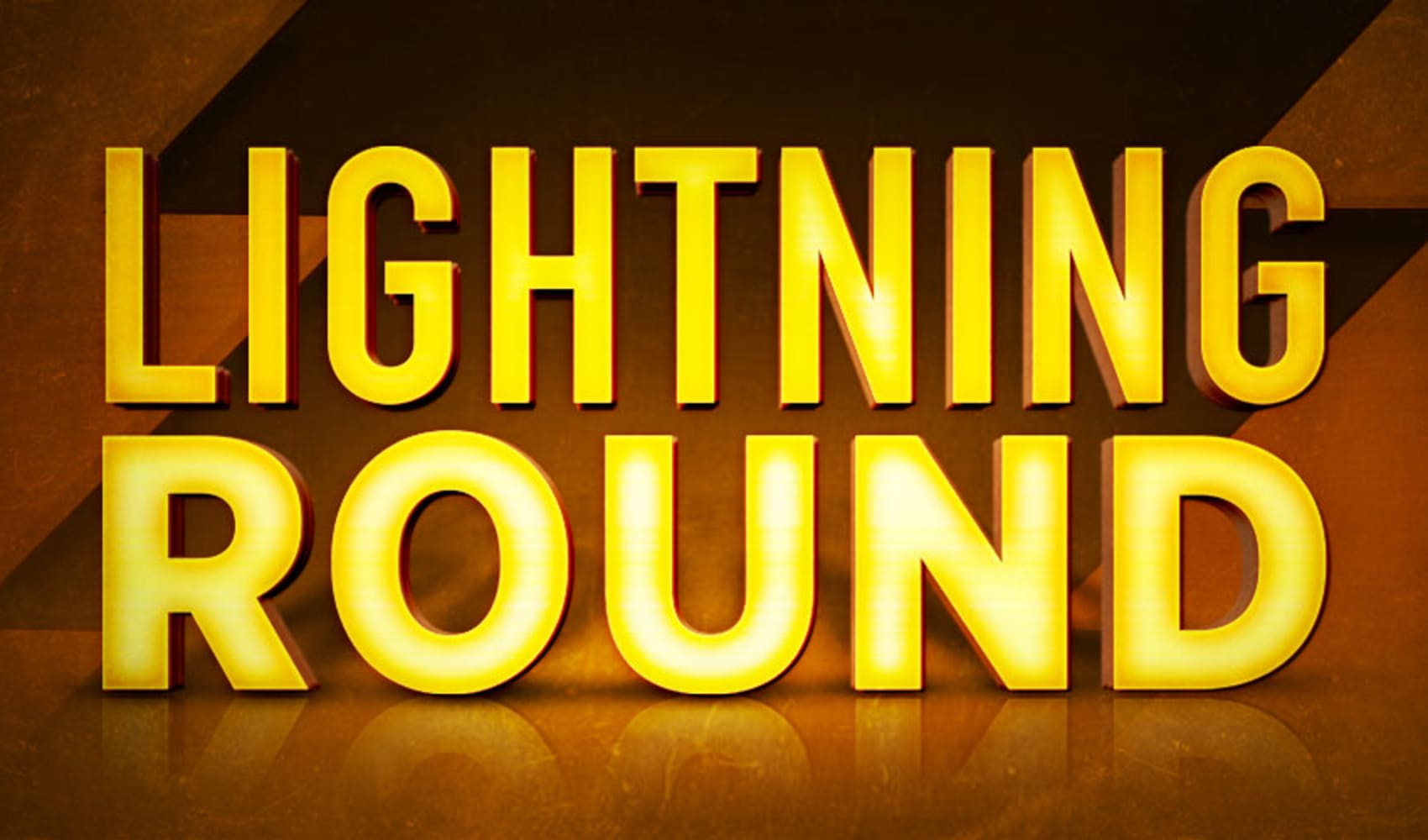
- Borrowers disappointed by the failure of student loan forgiveness at the Supreme Court should check if they qualify for existing relief measures, experts say.
- "There are many other opportunities for loan forgiveness that often go unknown because there is no global database of all student loan forgiveness options," said higher education expert Mark Kantrowitz.

Student loan borrowers are likely still reeling from the Supreme Court's decision to strike down the Biden administration's forgiveness plan. It may make them feel a little better to learn that there are other ways to get their debt canceled.
There are already numerous federal and state programs that lead to education debt forgiveness, experts say.
Get top local stories in Southern California delivered to you every morning. Sign up for NBC LA's News Headlines newsletter.
"There are many other opportunities for loan forgiveness that often go unknown because there is no global database of all student loan forgiveness options," said higher education expert Mark Kantrowitz, in a previous interview with CNBC.
More from Personal Finance:
Cash-strapped consumers are tipping less
Buying power rose for first time since March 2021
Quiet luxury may be Americans' most expensive trend to date
Here are some of those programs.
Money Report
1. Income-driven repayment plans
After 20 to 25 years of payments, borrowers enrolled in so called income-driven repayment plans get any remainder of their debt canceled by the federal government. The Biden administration recently wiped out debt for more than 800,000 people in such plans, delivering them $39 billion in relief.
"Income-driven repayment plans are also student loan forgiveness plans," Kantrowitz said.
While they're making payments, borrowers' monthly bills are capped at a share of their discretionary income, and some payments wind up being as little as $0.
(The Biden administration is currently planning to make available a new income-driven repayment plan under which many borrowers will get to pay just 5% of their discretionary monthly income to their student debt. That option will be called SAVE, or the Saving on a Valuable Education plan.)
The debt forgiveness at the end of the repayment term under these plans used to trigger a tax bill, but a recent law ended that policy until at least 2025, and experts anticipate it to become permanent.
2. Public Service Loan Forgiveness
Signed into law by then-President George W. Bush in 2007, the Public Service Loan Forgiveness program allows certain nonprofit and government employees to have their federal student loans canceled after 10 years, or 120 payments.
Although the program has had its fair share of problems, the Biden administration recently made a number of improvements to it.

There are typically three primary requirements to qualify for the program, although the recent changes provide some more wiggle room in certain cases:
- Your employer must be a government organization at any level, a 501(c)(3) not-for-profit organization or some other type of not-for-profit organization that provides public service.
- Your loans must be federal Direct loans.
- To reach forgiveness, you need to have made 120 qualifying, on-time payments in an income-driven repayment plan or the standard repayment plan.
The best way to find out if your job qualifies as public service is to fill out an employer certification form.
In 2013, the Consumer Financial Protection Bureau estimated that 1 in 4 American workers could be eligible for the program.
3. Forgiveness options for teachers, nurses and others
In addition to those two main programs, there are several other forgiveness opportunities that many borrowers miss out on because they don't know about them, experts say.
Full-time teachers who work for five consecutive years in a low-income school may be eligible for up to $17,500 in loan forgiveness under the Teacher Loan Forgiveness Program.
The Nurse Corps Loan Repayment Program allows certain nurses to get up to 85% of their student debt canceled.
Federal agencies also offer student loan repayment assistance programs, Kantrowitz said. Agencies can make payments to a federal employee of up to $10,000 a year, for a total of $60,000, according to the U.S. Office of Personnel Management.
Meanwhile, there are numerous state-level student loan forgiveness programs.
The Get On Your Feet Loan Forgiveness Program, rolled out in 2015, is meant to "invest in recent college graduates with student loan debt who opted to invest their futures in New York," said Angela Liotta, public information officer and director of communications at the New York State Higher Education Services Corp.
Under the program, certain residents of the state may be eligible for student loan forgiveness on up to 24 months of payments.
"Student loan forgiveness is based on the borrower's occupation, in most cases," Kantrowitz said. "So they should look for forgiveness based on their job, especially for their state."






